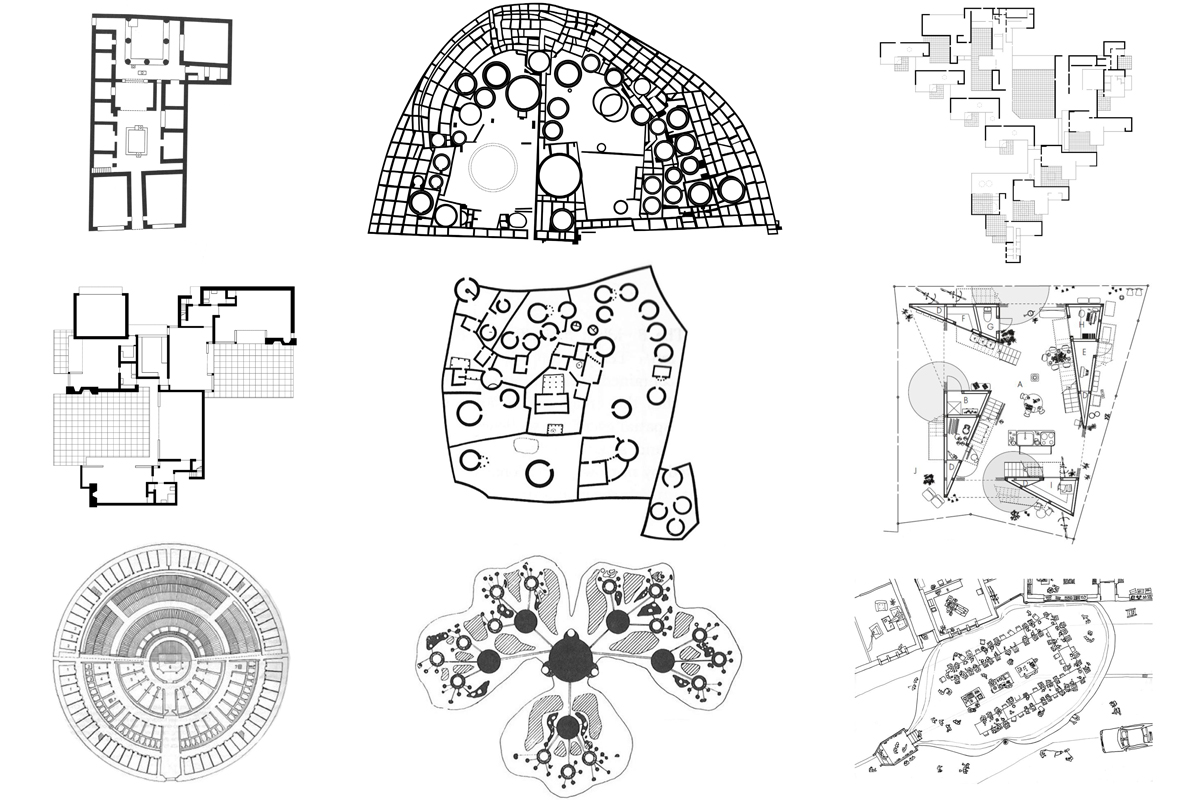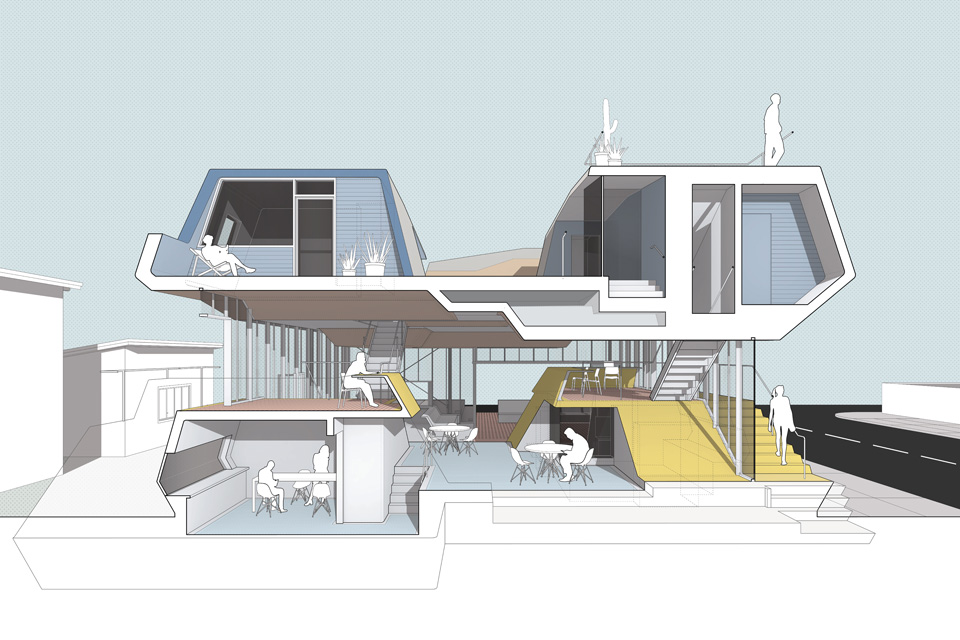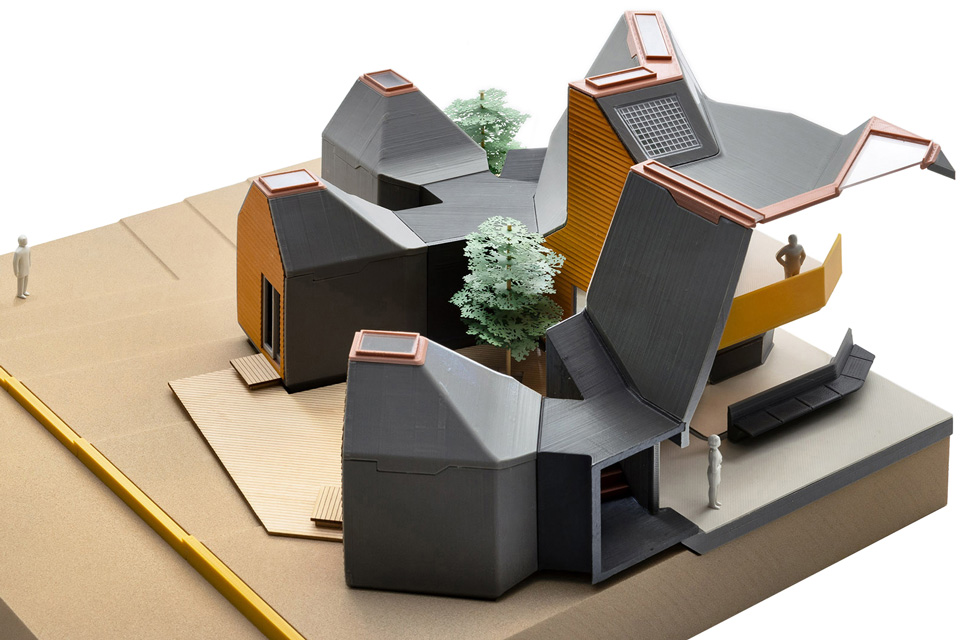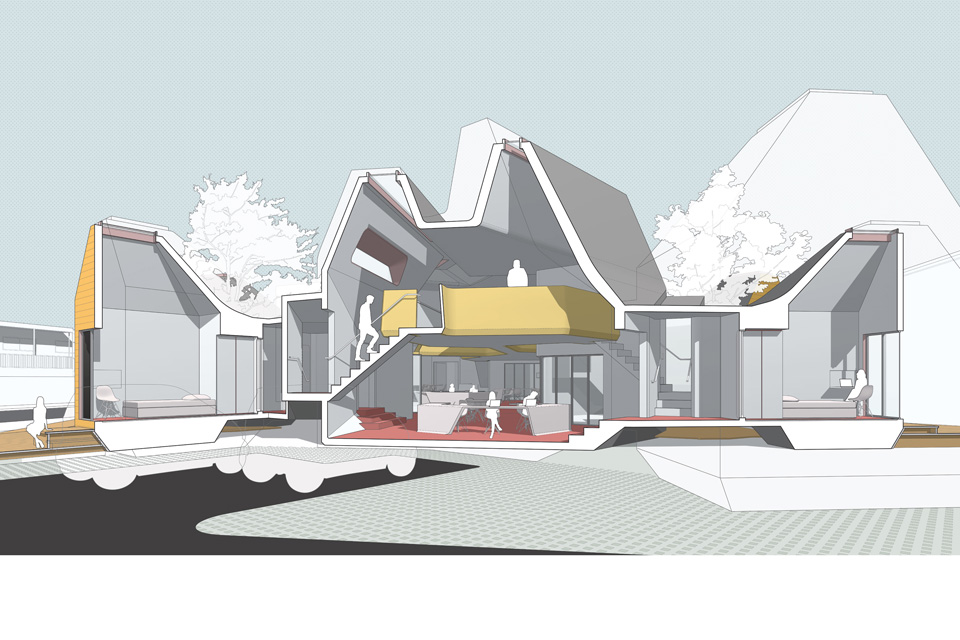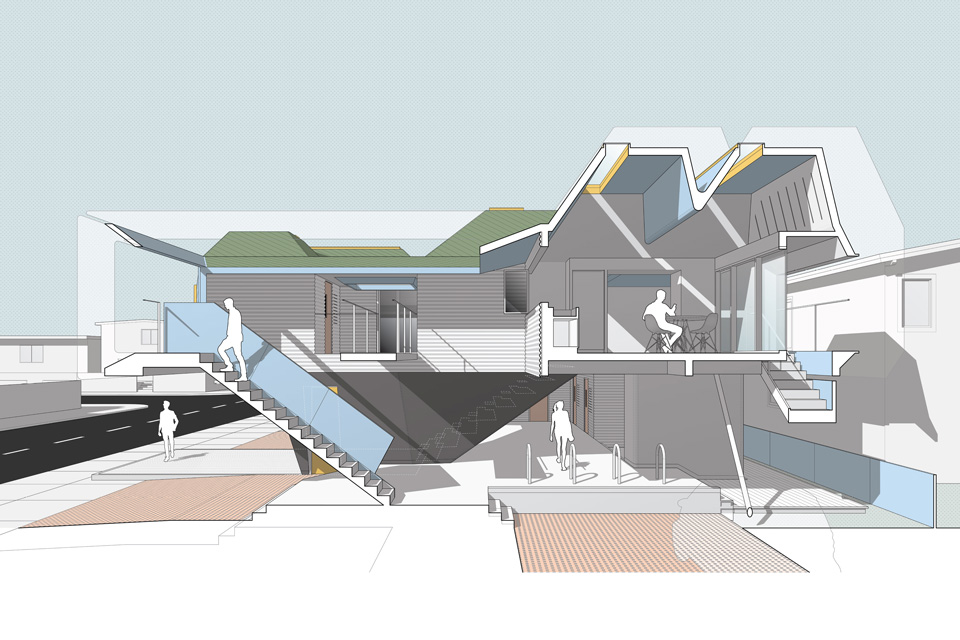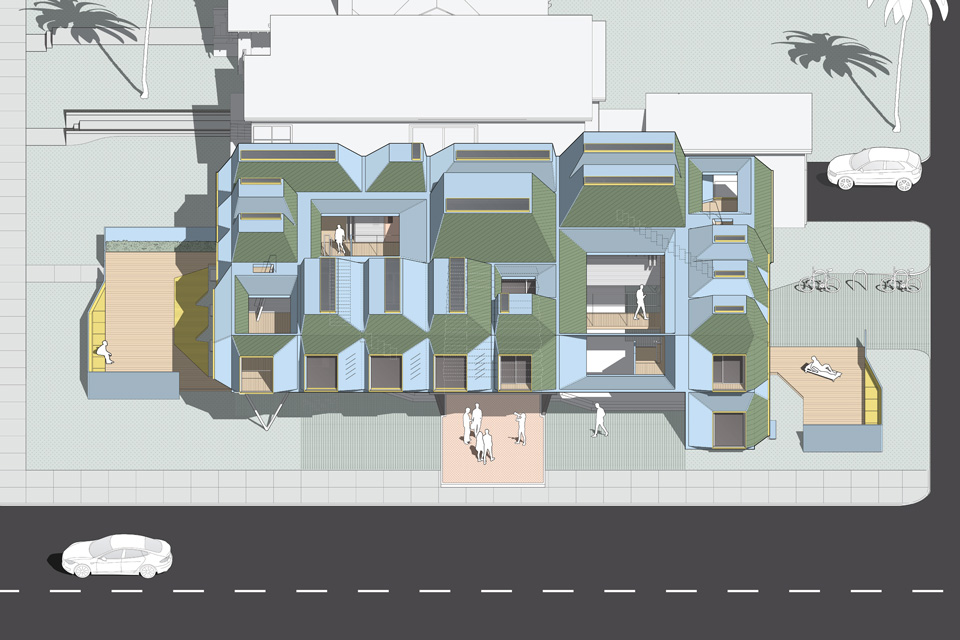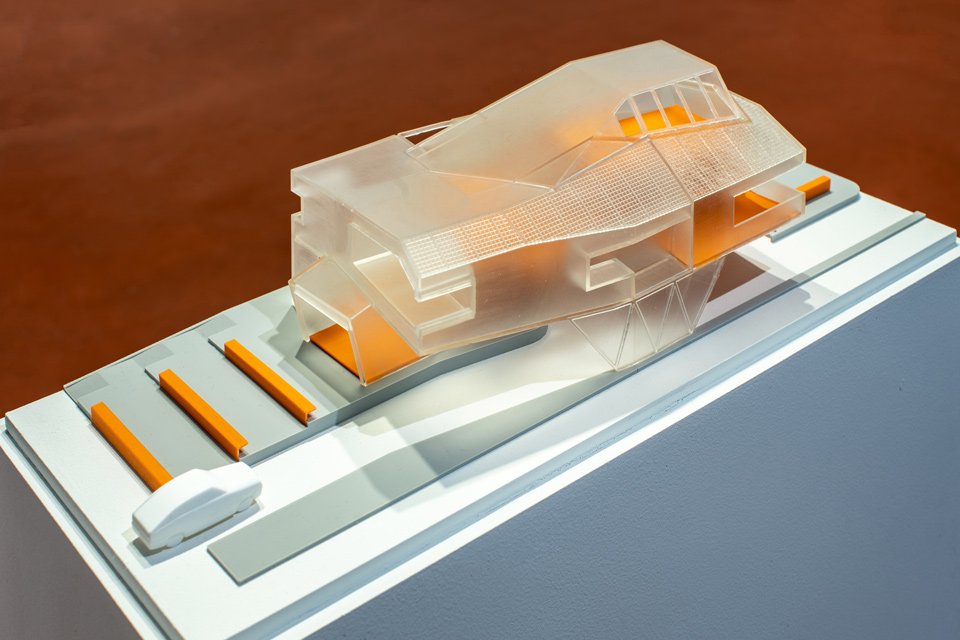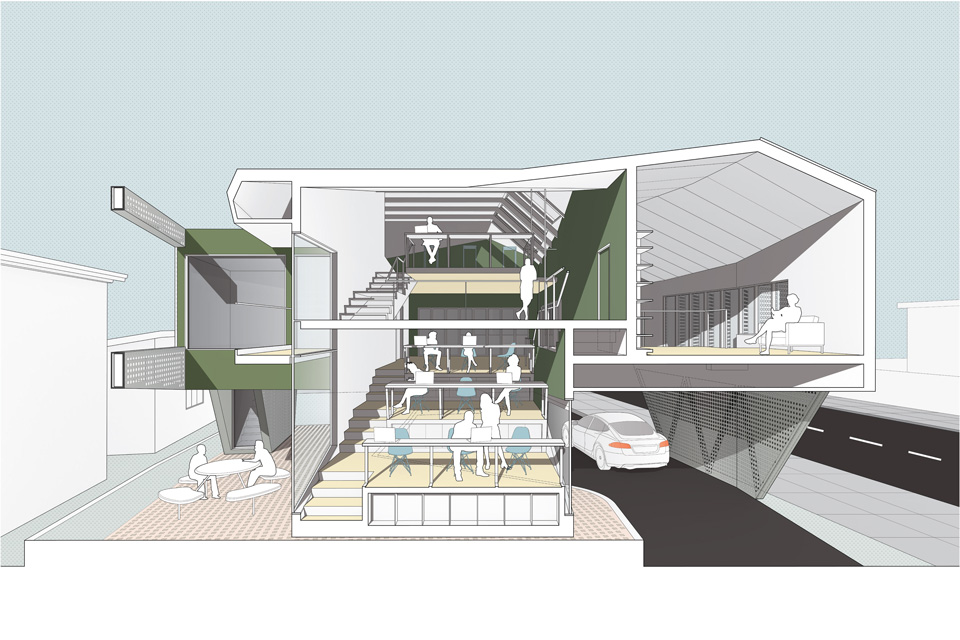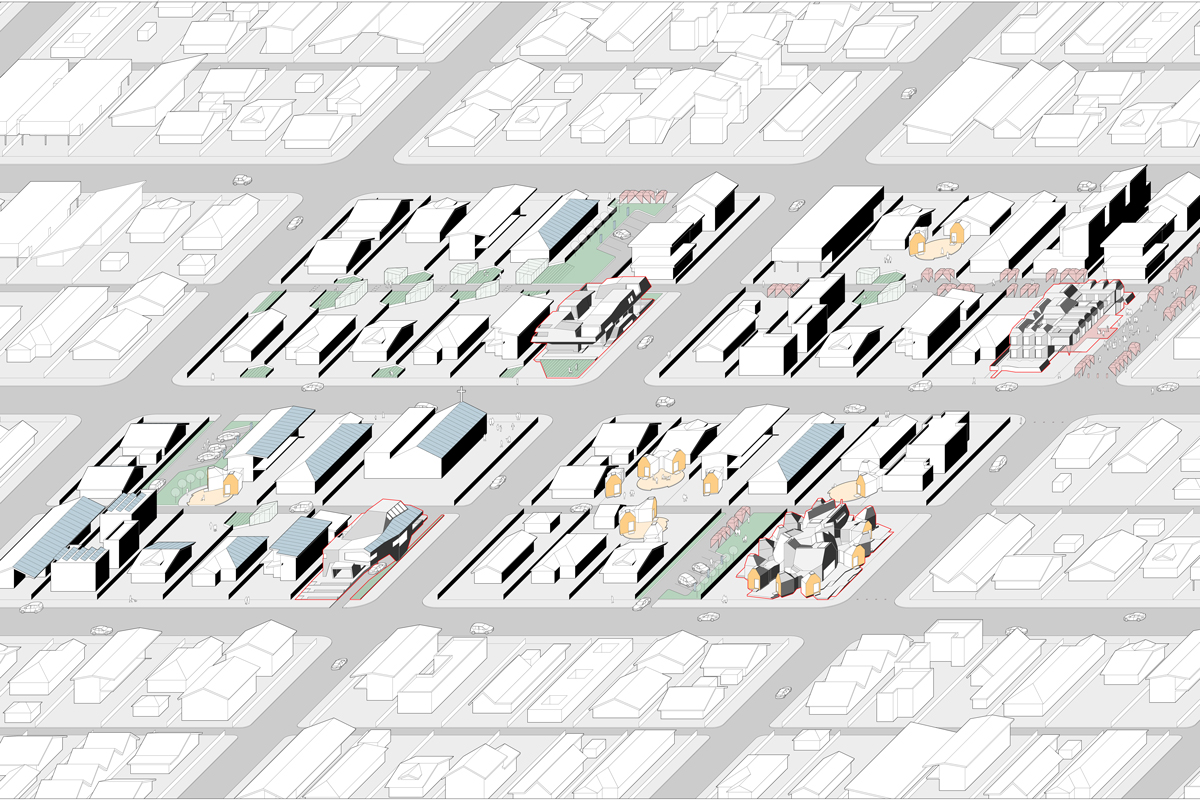Domestic Mutations
Structurist Fellowship
In “Seven American Utopias”, Dolores Hayden traces examples of America’s preoccupation with experimental communities – from the Shakers in the late nineteenth century to Drop City in the late twentieth – that marry utopian social aspirations with pragmatic environmental organization. A common impulse in these experiments was the will to challenge the hegemony of the nuclear family and capitalist mechanisms. Themes such as self-sufficiency (agriculture, manufacturing), self-awareness (religion, group identity) and community outreach (publications, good works) laid the groundwork for the current sharing paradigm. Fueled by both the economic crisis in 2008 and the emergence of entrepreneurial collaborative models, communitarian practices have been reimagined where digital platforms promise a new form of engagement between individuals, collectives and the physical world.
Ronda Kaysen, in her New York Times article “The Millennial Commune” contends people have been “pooling resources and talents to create ad hoc communities for generations, and that’s not even taking into account boarding houses and residential hotels.” Along with the proliferation of app-enabled opportunities for sharing space and resources – from renting a hot desk in common workspaces (The Wing), to dining in stranger’s houses (Feastly), to short-term living arrangements for digital nomads (Roam) – novel collective dwelling and co-production programs are being formed to grow unique social and spatial scenarios. Cooperative strategies for development, management and ownership of shared housing are also gaining attention, offering economic relief from the fluctuations of the speculative real estate market increasingly out of reach to a large percentage of the population.
Despite these developments, a convincing case has yet to be made for how this new cultural landscape impacts the discipline’s core. Domestic Mutations mines architecture’s agency in addressing its principal tenets of typology, form and aesthetics as they relate to the contemporary intersection of private property and shared commons. If the dwelling has always been a preoccupation for architecture’s disciplinary research, then current economic and social trends demand we interrogate the single-family house’s autonomy and contest the habits that it has institutionalized in order to discover alternative cooperative models. Most importantly, the design of communal space and its concomitant lifestyle must confront three points of friction defined by Hayden and still relevant today – authority vs. participation, privacy vs. community, and uniqueness vs. replicability.
“The accidents or catastrophes of space and the multiplicity of spatial varieties. What is the closed? What is the open?…What is the continuous and the discontinuous? What is a threshold, a limit? Elementary program of a topology.” – Michel Serres, Discours et Parcours


